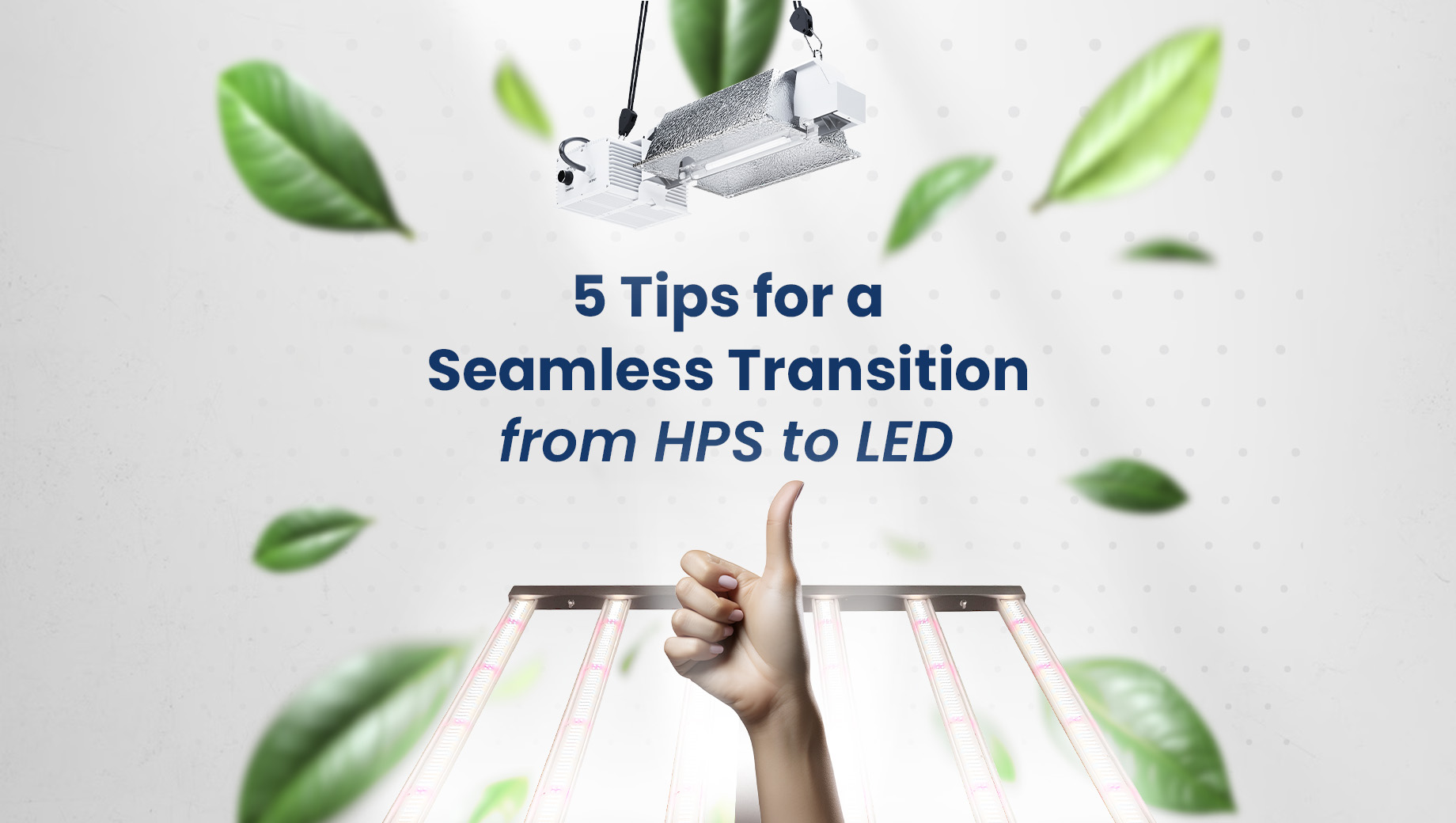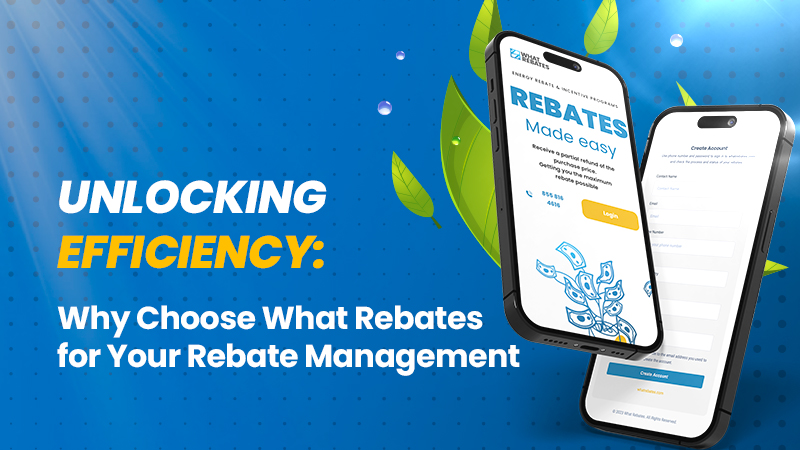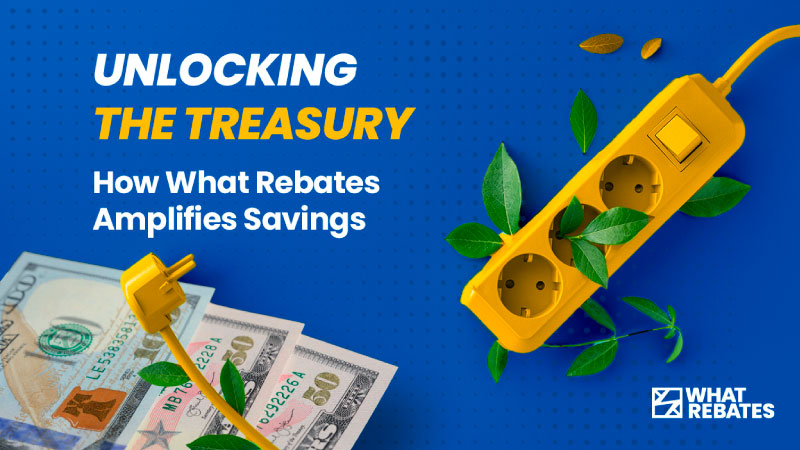
LEDs produce significantly less heat than HPS lights, which can impact the overall temperature of your growing environment. Plants grown under LEDs often require higher ambient temperatures to thrive. Aim to keep your grow room temperature between 75-85°F (24-29°C) to mimic the warmth that HPS lights would normally provide. This adjustment helps ensure that your plants' metabolic processes remain optimal, promoting healthy growth and development.
Vapor Pressure Deficit (VPD) is a crucial parameter for managing the relationship between humidity and temperature in your grow room. VPD measures the difference between the amount of moisture in the air and the maximum amount the air can hold at a given temperature. Maintaining an ideal VPD range (typically between 0.8-1.2 kPa for most plants) ensures that your plants transpire properly, facilitating nutrient uptake and growth. Use VPD charts and sensors to monitor and adjust your environment, optimizing conditions for your crops.
Since LEDs emit less heat, your HVAC and dehumidification systems will need recalibration to maintain proper environmental conditions. With less heat generated, you may notice increased humidity levels. Ensure your dehumidification system is adequately sized to handle the extra moisture and prevent issues like mold and mildew. Additionally, your HVAC system might need adjustments to maintain consistent temperatures, compensating for the reduced heat from the lighting.
One of the major advantages of LED lighting is the ability to customize light spectra and intensity to suit your plants' specific needs. Unlike HPS lights, which emit a fixed spectrum, LEDs can be tailored to provide specific wavelengths of light that promote various stages of plant growth. Research the ideal light spectra for your particular crops and adjust the intensity to avoid light stress. Properly balanced light spectra and intensity can lead to improved photosynthesis, stronger plants, and higher yields.
The reduced heat output from LEDs can impact plant transpiration rates, which in turn affects their water and nutrient needs. Plants under LEDs may transpire less, requiring adjustments in your irrigation and fertilization schedules. Monitor soil moisture levels and plant health closely, and be prepared to tweak your feeding regimen. Providing the right balance of water and nutrients is essential to support vigorous growth and prevent deficiencies or excesses.
By carefully considering these tips, you can make a smooth transition from HPS to LED lighting, optimizing your grow environment for the best results. Embrace the future of horticulture with LED technology and watch your plants thrive under these enhanced, energy-efficient conditions!

